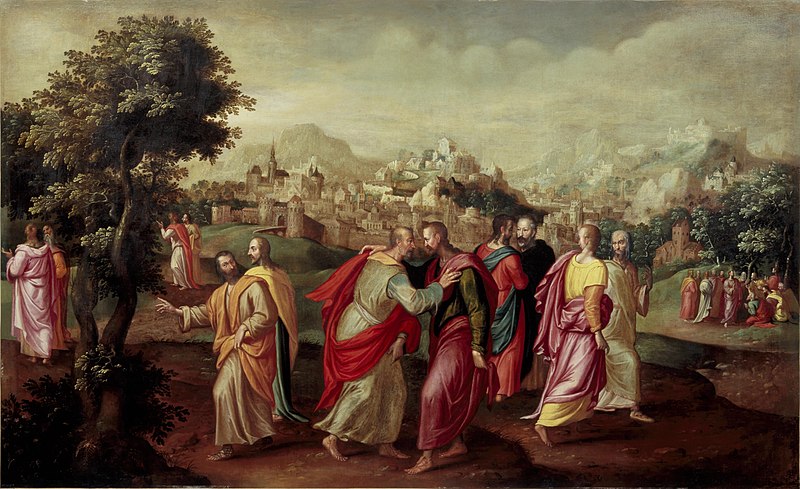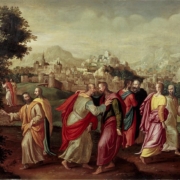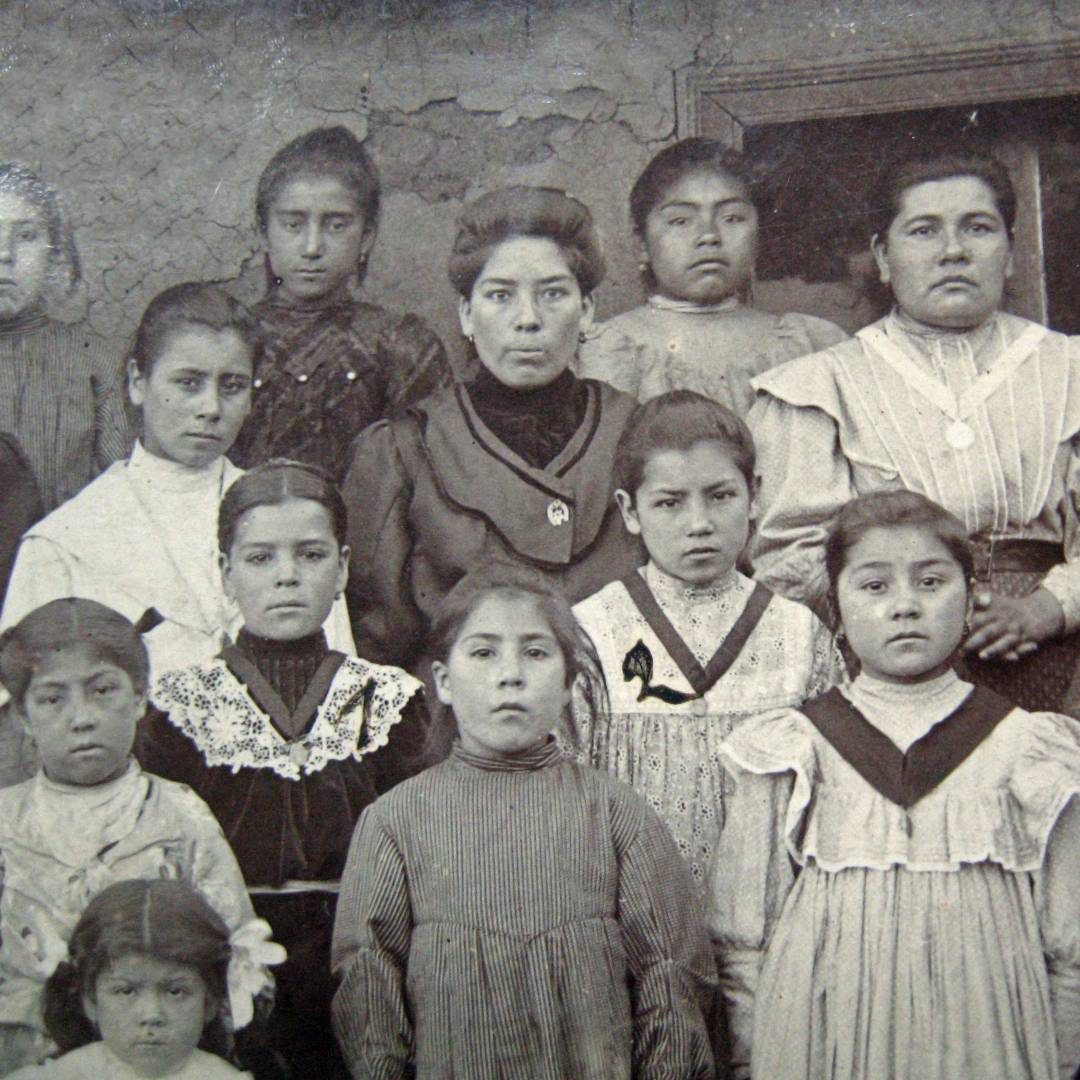Two by Two
Jesus summoned the Twelve and began to send them out two by two. (Mark 6:7)
Two by two. Not alone. Not in a group. Jesus sent out the twelve two by two.
Jesus could have sent the disciples out on their own. After all, there would come a time when they would each go their own way — James to Spain, Thomas to present-day Iran, Andrew to Greece, John to Asia, Matthew to Africa, and so on. He could have told them that this first sending out was meant to prepare them for what was to come. He could have told them that there are times in life when they would feel and be alone, and they would have nobody to turn to or consult or just talk to.
Likewise, He could have sent them in two groups of six or three groups of four. There’s safety in numbers. Plus, groups of young men traveling around the globe attracting audiences have always been popular, right?
Two Are Better than One
Instead, Jesus sent them two by two. He knew that two is better than one, and often two work better than a group. In Ecclesiastes, we read,
Two are better than one … If the one falls, the other will help the fallen one. But woe to the solitary person! If that one should fall, there is no other to help. (Ecclesiastes 4:9-10)
C.S. Lewis takes it even farther. He tells us in the introduction to Athanasius’ On The Incarnation, “Two heads are better than one, not because either is infallible, but because they are unlikely to go wrong in the same direction.” Two people are more accountable and hold each other accountable. They recognize when one is going off course and can steer each other to the right place, be it a safe harbor or a challenging cliff that can only be climbed together.
Finding A Second
For several years, I have thought about whether I need a spiritual advisor. Of course, being human and being the independent, forge ahead at all costs person I am, I’ve always laughed it off as something I don’t need and certainly don’t have time for! I never stopped to think that maybe I don’t have time for one because I’m not making the time or because I’m not where I’m meant to be and am too busy running around to see it.
More and more, this concept of having someone else in my spiritual corner — someone to help me when I’m falling, when I’m off course, when I need help — has been weighing more and more on my heart. I finally reached out to a friend who is a spiritual advisor and asked her opinion. As expected, she told me that “the Holy Spirit is a nudger worth listening to.”
In sending the Apostles out two by two, Jesus affirmed the view of two people working together to help each other out, to receive help when one falls, and direction when off-course, to further the Kingdom. If Jesus felt that this was the best way to go about our missions and bring His Word to the world, who am I to try to make the journey solo?

Christ Sends Apostles Out in Pairs Anonymous Dutch Painting, Public Domain
We Can’t Do It Alone
So they went off and preached repentance. The Twelve drove out many demons, and they anointed with oil many who were sick and cured them. (Mark 6:12-13)
As two together, the Apostles experienced the fruits of the Holy Spirit. They were successful, doing as Jesus told them, and healing may of their afflictions, both spiritual and physical. Perhaps they would not have been able to accomplish this on their own. Even after Jesus died, and they were to carry on the mission, they needed the Holy Spirit to descend upon them and grace them with confidence and ability. They couldn’t do it alone.
My brothers and sisters, if you are pondering where to turn for guidance and companionship on your spiritual journey, know that you are not alone and that you aren’t meant to be. If not a spiritual advisor, seek someone who will share the mission with you, be there when you fall, and steer you in the right direction. Two are better than one.
“For where two or three are gathered together in my name, there am I in the midst of them.” (Matthew 18:20)
Let us pray: Lord, I ask you to open my heart and my mind to the nudging of the Holy Spirit. I pray that you lead me to the person you have chosen as my spiritual partner. Help us to further Your Kingdom as we walk two by two. Amen.
Copyright 2025 Amy Schisler





